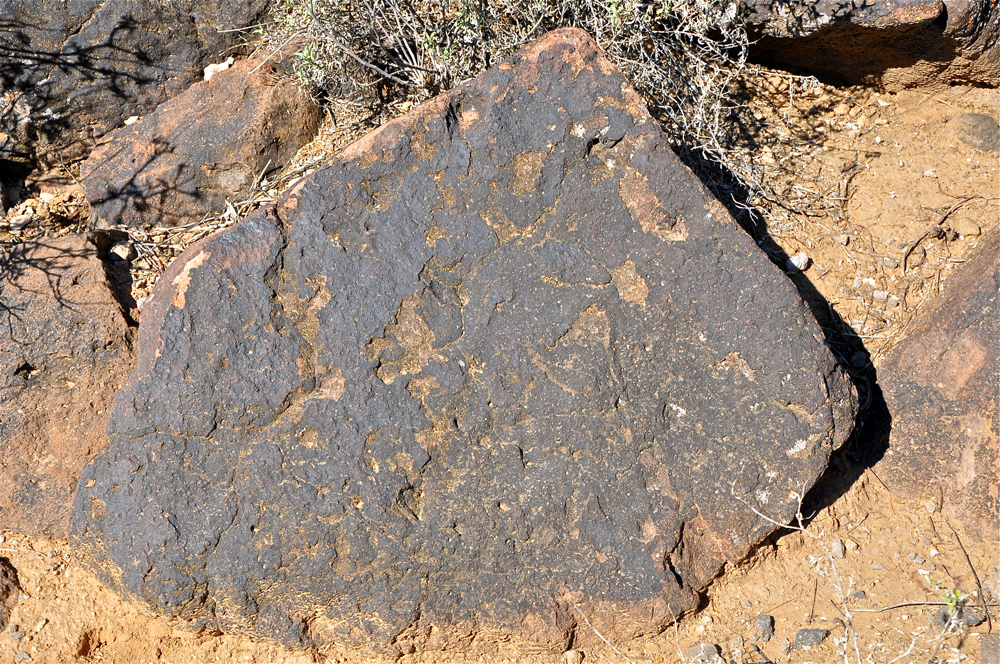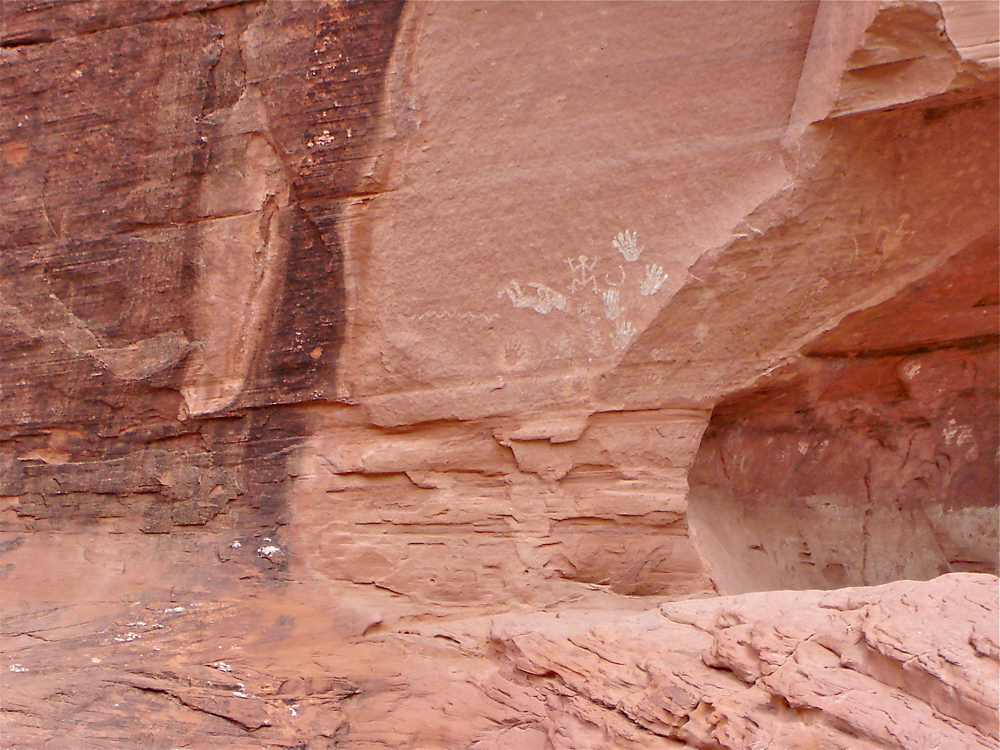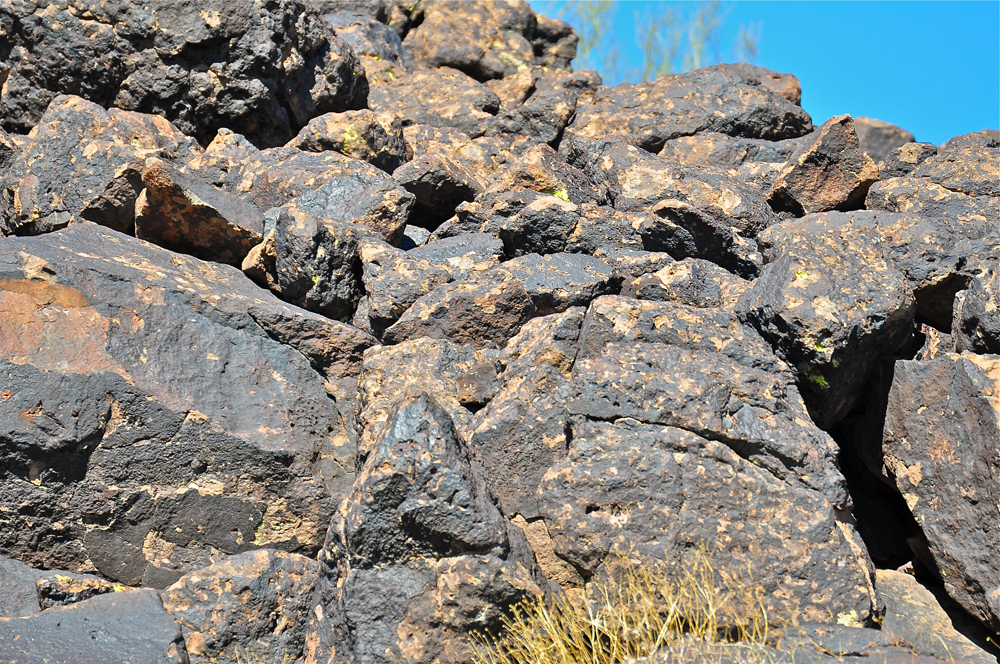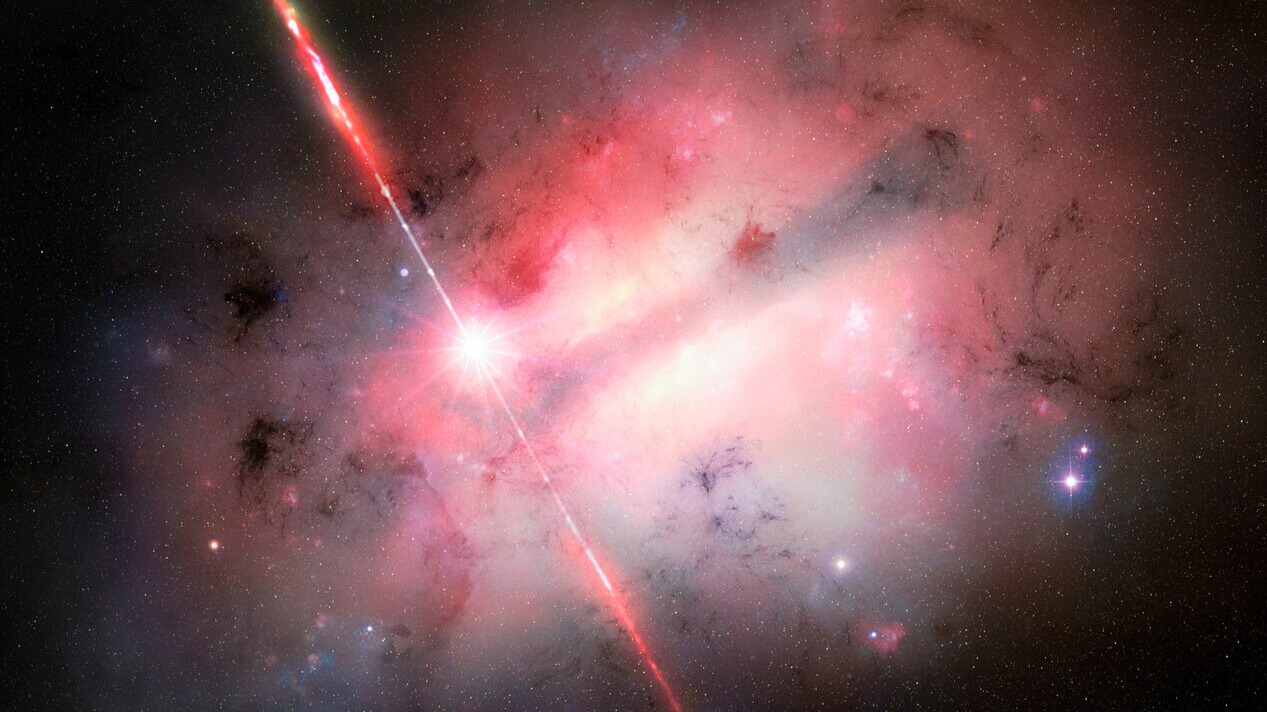In Images: Mysterious Desert Varnish

Extremes the Key

Desert varnish is seen in almost any desert on earth. It is found on the rocks of the El Azizia Desert of Libya, the Earth's hottest desert with temperatures reaching an incredible 136 degrees Fahrenheit (58 degrees Celsius), as well as being found in the Dry Valleys of Antarctica, the Earth's coldest desert, where temperatures commonly reach minus 128 degrees Fahrenheit (minus 89 degrees Celsius).
Ancient Canvas

Desert varnish was the tablet upon which prehistoric artists recorded their clan, religious symbols and maybe just daily doodles for all to see. Using a rock chisel and hammer, these early people left millions of rock art pictures by chipping away the desert varnish from the rock surface, exposing the lighter underlying rock. These drawings and symbols, known as petroglyphs, are found in arid regions throughout the world.
Beauty Before Age

Once a petroglyph is created, the natural forces that create desert varnish start over. Thus it can be assumed that the darker the petroglyph, the older it is since the darker petroglyph has existed for more years for the desert varnish to cover over once again.
Pictographs vs. Petroglyphs

Sometimes rock art appears next to rock walls covered by desert varnish instead of being created within it. Shown here is a series of pictographs, which are ancient painted symbols rather than pecked symbols like the petroglyph. These pictographs are on the face of a sandstone ledge in Canyon de Chelly.
Other Worldly Possibilities

Desert varnish was first named in 1898 by a geologist working with a U.S. Geological Survey team in the American Southwest. But it wasn't until the 1950s that scientific study began in earnest. Amazingly. the two Mars rovers, Spirit and Opportunity, have sent back photos taken on the surface of Mars that NASA scientists believe show Martian rocks covered with desert varnish. When the powerful Curiosity rover lands on Mars in August 2012, maybe it will prove the existence of Martian desert varnish and thus the presence or former presence of microbes on Mars.
Out of This World

Desert varnish is a unique and still mysterious natural phenomenon that adds to the color and beauty of the world's desert environments. Modern scientists are still trying to understand all the natural sequences that occur during its creation. Who knows, maybe the final pieces of this scientific puzzle will literally be found out of this world and on the surface of Mars.
Get the world’s most fascinating discoveries delivered straight to your inbox.


